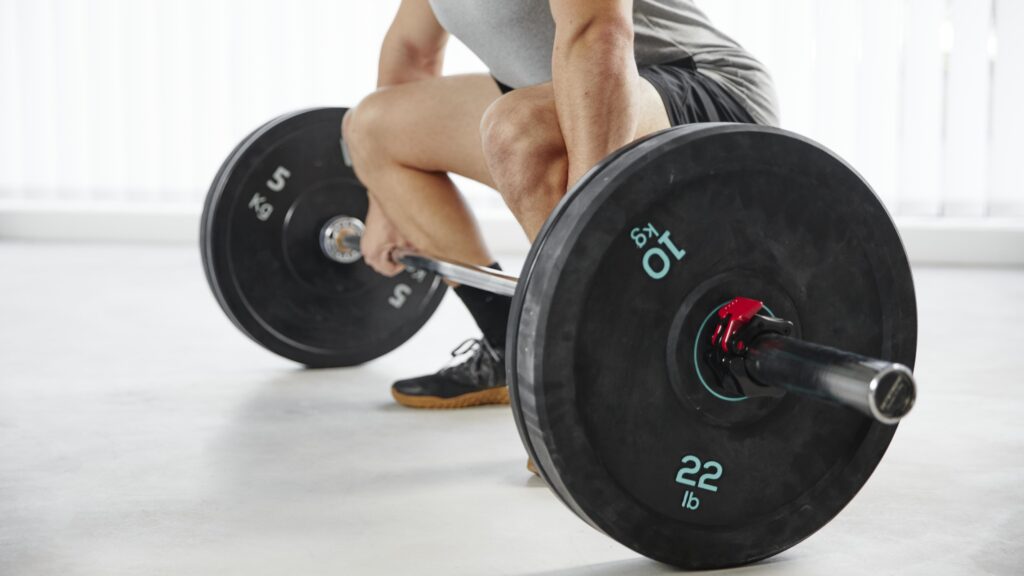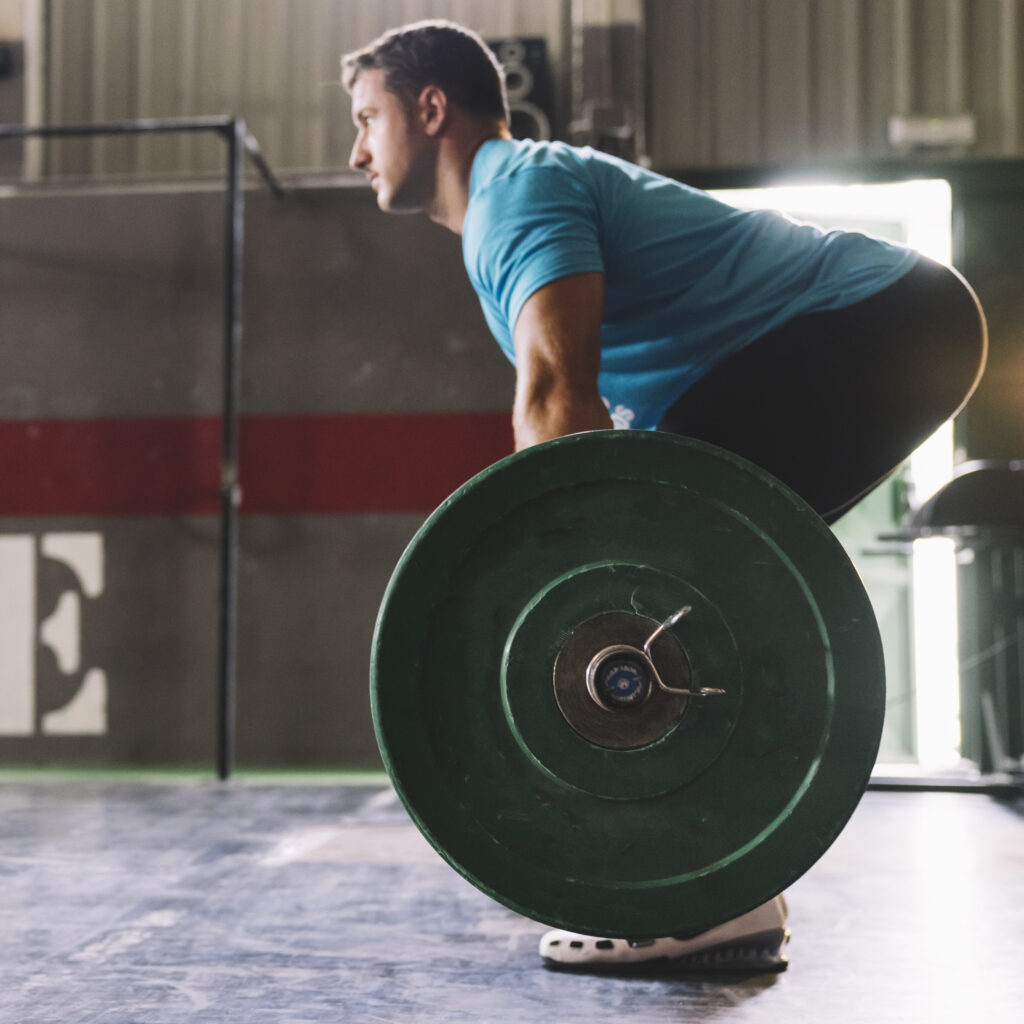Summary
Jumpstart your explosive lifting day with a clear roadmap for mastering the barbell clean. This progression—from Rack Clean to Hang Clean to Power Clean—will build not only full-body strength, but enhances coordination, and develops the speed and power needed for advanced lifts. Perfect for athletes and strength enthusiasts alike, following this structured approach ensures safer, more efficient lifting.
Barbell Clean Progression for Explosive Strength
Explosive lifting days are designed to help athletes and lifters develop speed, strength, and power simultaneously. These sessions focus on dynamic, full-body exercises that translate directly to improved athletic performance. Among the most effective movements for building explosive strength are the Olympic lifts—particularly the clean and its variations. The Barbell Clean Progression is an excellent way to master technique and safely develop the skill, coordination, and power output needed for advanced lifts. This guide breaks down the three key movements that make up this progression: the Barbell Rack Clean, Barbell Hang Clean, and Barbell Power Clean.
1. Clean Progression Overview
The clean progression is a structured way to learn and refine each phase of the clean movement. It allows lifters to build strength and technical proficiency in stages, starting with simplified variations and working up to the full clean. Each exercise builds on the last, improving motor control, timing, and force production. The progression not only helps you lift more efficiently but also minimizes injury risk by reinforcing proper mechanics.
When performed correctly, the clean trains nearly every major muscle group—from the posterior chain (hamstrings, glutes, and back) to the shoulders, traps, and core. It also enhances coordination and explosiveness, making it ideal for athletes, functional fitness enthusiasts, and anyone looking to move with more power.
1a. Barbell Rack Clean
The Barbell Rack Clean is a foundational drill used to develop proper bar path and front rack positioning. It starts with the barbell already resting on the front rack (across the shoulders, with elbows high). From here, the lifter practices small dips and drives, emphasizing the explosive extension of the hips and legs, followed by a strong catch position.
Technique Tips:
- Keep your elbows high and chest tall throughout the movement.
- Drive through the midfoot as you extend, keeping the core braced.
- Practice smooth bar movement from the shoulders to ensure control and consistency.
This drill reinforces the correct receiving position for the clean and helps build comfort under the bar. It’s often used as a warm-up before progressing to more dynamic variations.

1b. Barbell Hang Clean
The Barbell Hang Clean introduces the explosive pull and transition phase of the clean. Starting from a standing position, the lifter lowers the barbell to just above the knees (the “hang” position), then rapidly extends the hips, knees, and ankles in a powerful triple extension to propel the bar upward. The bar is then caught in the front rack position with a soft knee bend.
Technique Tips:
- Maintain a strong hinge at the hips without rounding the back.
- Keep the bar close to your body throughout the pull.
- Focus on a smooth, explosive transition from hang to catch position.
The hang clean teaches you to generate power from the hips and to coordinate your pull and catch phases effectively. It’s a key step in developing speed and timing for the full clean.
1c. Barbell Power Clean
The Barbell Power Clean is the culmination of the clean progression and represents a full explosive lift from the floor. Starting with the barbell on the ground, you’ll perform a powerful pull using the legs and hips, then quickly drop under the bar to catch it in a partial squat before standing tall.
Technique Tips:
- Keep your chest up and back flat during the initial pull.
- Drive powerfully through the floor with your legs and hips.
- Catch the bar with elbows high and core engaged to stabilize the lift.
Mastering this sequence of lifts helps improve overall strength, speed, and coordination. The clean progression not only builds athleticism but also enhances movement efficiency across other compound lifts like squats and deadlifts.
Call to Action Using Jefit app
Ready to take your explosive lifts to the next level? Track your progress, plan your sessions, and perfect your clean technique with Jefit—the ultimate strength training companion. Start your clean progression today!
Jefit: The Strength Training App That Powers Your Progress
If you’re serious about building muscle, boosting strength, and tracking every rep with precision in 2025, the Jefit strength training app is your ultimate companion. With over 20 million downloads and 12+ million active users, Jefit is recognized as one of the top strength training apps on the market. Named Best Fitness App of 2024 and featured in Men’s Health, PC Magazine, and USA TODAY, Jefit delivers expert-designed workout programs, advanced performance tracking, and a supportive community that keeps you accountable and motivated. Whether you want a science-backed muscle-building plan, detailed lift tracking, or tools to optimize training intensity, Jefit puts everything you need to reach your fitness goals right at your fingertips.
References
USA Weightlifting. Teaching Progressions for the Clean.
NSCA. Developing Power Through Olympic Lifts.
Bompa, T., & Buzzichelli, C. (2019). Periodization: Theory and Methodology of Training.
- Smart Strength Training Backed by Jefit Data - November 19, 2025
- Break Through Strength Plateaus: JEFIT Guide - November 12, 2025
- Exercise and Strength Training Benefits: Boost Health with Jefit - November 5, 2025
